Objectives of the service

Agrifood companies, carbon project developers, and carbon farming platforms face major hurdles in monitoring soil organic carbon (SOC) including high measurement costs, limited scalability, and inconsistent accuracy. These challenges slow down the adoption of effective regenerative agriculture practices.
Seqana’s Monitoring, Reporting, and Verification (MRV) solutions tackle these issues by combining Earth observation data with machine learning to accurately map SOC. Our approach significantly reduces the need for physical sampling, cutting costs by up to 50% while maintaining a high level of precision.
This project focuses on improving the accuracy of our SOC prediction models, expanding ground-truth data integration, and aligning with upcoming European carbon certification standards. With support from the European Space Agency, we aim to move towards fully remote, regulatory-compliant carbon monitoring.
Ultimately, the goal is to deliver a scalable, reliable, and cost-effective MRV solution that accelerates global regenerative agriculture and supports Europe’s leadership in sustainable land use and climate action.
Users and their needs
Our solution targets agri-food companies, soil carbon project developers, and carbon farming platforms, specifically serving project managers, often called regenerative agriculture or sustainability managers. These users operate globally and manage projects on croplands and agricultural grasslands.
Key user communities include:
-
Agri-food Companies: Businesses across the agricultural value chain, from input providers to consumer packaged goods manufacturers, requiring accurate monitoring of soil-related Scope 3 emissions.
-
Soil Carbon Project Developers: Entities managing carbon offset projects who need precise, standard-compliant soil sampling and carbon verification processes to maximize revenue.
-
Carbon Farming Platforms: Digital platforms facilitating carbon farming initiatives, requiring reliable digital soil maps and farm-level carbon allocation for precise emissions accounting.
User needs and challenges include:
-
Precise soil carbon measurement and monitoring.
-
Transparent, robust MRV (Monitoring, Reporting, Verification) processes.
-
Cost-effective soil sampling methods compliant with standards like VM0042 and the Greenhouse Gas Protocol.
-
Accurate digital SOC mapping to help further reduce costs linked to uncertainty deductions and soil sampling.
-
Reliable farm-level SOC allocation to reward land managers fairly for the carbon sequestration while reducing field sampling requirements.
Our project’s key challenge is balancing cost, modelling accuracy, and scalability to effectively address these critical user requirements.
Service/ system concept
Our service provides users with precise, easy-to-understand information on soil carbon levels. The solution offers interactive digital maps showing current soil organic carbon (SOC) content, optimal stratified soil sampling strategies for SOC stock change measurement and process-based model initialization, and detailed forecasts of carbon storage potential. Users can visualize trade-offs between sampling density, accuracy, and cost through intuitive tools, helping them make informed decisions quickly.
Our solution leverages satellite imagery, data on terrain, soil characteristics from various Earth Observation satellites and global environmental datasets, and geolocated high-quality soil samples. This information is processed using advanced machine learning methods to accurately estimate the soil carbon content in project areas. The resulting digital maps and recommendations help users efficiently monitor and report their carbon sequestration.

Space Added Value
Our project leverages various Earth Observation (EO) space assets, including satellite imagery from Copernicus Sentinel and Landsat missions, elevation and slope data from NASA's Shuttle Radar Topography Mission (SRTM), and soil data from OpenLandMap. Additionally, synthetic-aperture radar (SAR) data is utilized for assessing soil bulk density, alongside high-resolution commercial EO datasets from providers such as Planet and Maxar.
The integration of these diverse space assets offers significant advantages over traditional, ground-based soil sampling methods used by competitors. Satellite imagery and remote sensing data enable highly accurate, scalable, and cost-effective monitoring and mapping of soil organic carbon (SOC) stocks. By employing advanced statistical modeling and machine learning techniques on this remotely sensed data, our solution significantly reduces the need for physical soil sampling, potentially lowering associated costs by 20-50%.
The strategic combination of SAR and optical data, enhanced by advanced analytics, provides superior accuracy and rapid scalability. This comprehensive approach supports robust and transparent Monitoring, Reporting, and Verification (MRV) processes, delivering enhanced trust and precision to agri-food companies, carbon farming platforms, and project developers, thus clearly differentiating our solution from conventional methodologies.
Current Status

The project officially kicked off in April 2025 and is currently in its early development phase. We are actively preparing the detailed requirements document to align all technical and user expectations. At the same time, we are strengthening partnerships with pilot users and collecting valuable feedback from existing clients on our current offering and deliverables. These insights are critical for shaping the solution to better meet user needs. In support of this shift, we are also creating core sales collateral to ensure a consistent and professional customer engagement experience.


